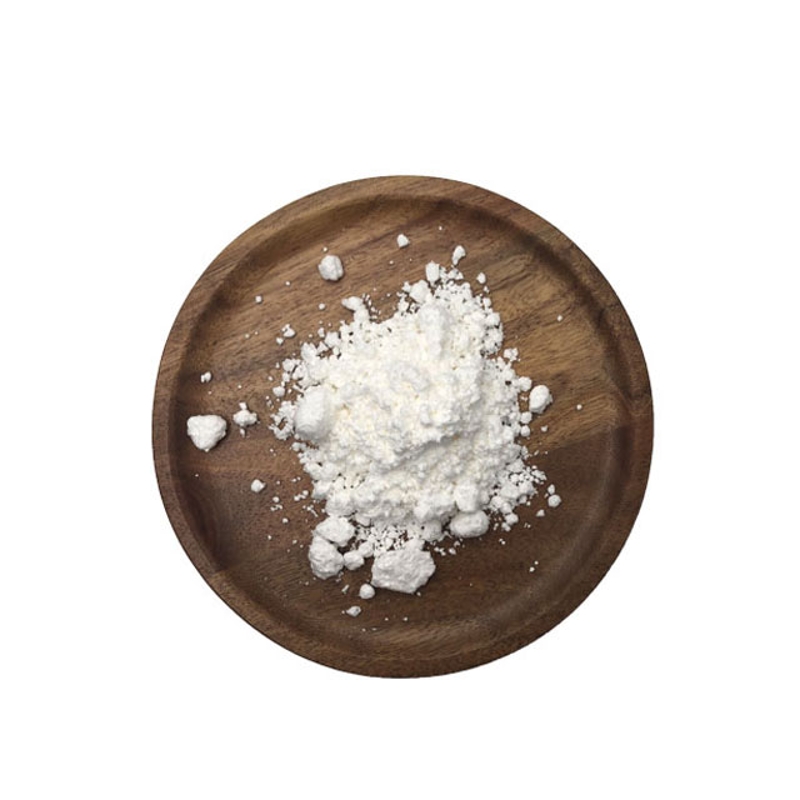-
Categories
-
Pharmaceutical Intermediates
-
Active Pharmaceutical Ingredients
-
Food Additives
- Industrial Coatings
- Agrochemicals
- Dyes and Pigments
- Surfactant
- Flavors and Fragrances
- Chemical Reagents
- Catalyst and Auxiliary
- Natural Products
- Inorganic Chemistry
-
Organic Chemistry
-
Biochemical Engineering
- Analytical Chemistry
- Cosmetic Ingredient
-
Pharmaceutical Intermediates
Promotion
ECHEMI Mall
Wholesale
Weekly Price
Exhibition
News
-
Trade Service
Less protrusive glioblastoma is an immersive glioma consisting of two different types of tumor cells, with less protrusive glial cells and assaid glial cell characteristics.
WHO Pathology Diagnostic Guidelines for CNS Tumors in 2016 suggest that less astrological cytoma is a special case that should be classified as a corresponding parting through molecular testing.
there is still a description of "double genotype less astroid cytoma" in the WHO genotype, but it is not fully available.
, Mac Lean P Nasrallah of the Department of Neuropathy at the University of Pennsylvania's Perelman School of Medicine, and others reported a case of preoperative imaging suggesting that there were two separate tumor genotypes in which there was a real rare astrological cell tumor.
results were published online in July 2020 in Acta Neuropathologica Communications.
study found that 29-year-old female patients had left-front glioma.
initial systemic seizures, followed by headaches, restlessness, and intermittent fatigue.
MRI imaging showed a lump in the left frontal leaf containing two different ingredients (Figure 1).
Near the inner side of the forehead is a large, circular T1 low signal and T2 high signal lesions, signal suppression at the center of FLAR image performance, suggesting iDH-1 mutations and 1p/19q non-co-missing assoblastomas.
the lesions in the forehead back near the outside show different radiological manifestations, with uneven signal strength, unclear boundaries, and cortical immersion, which is typical of less protrusion glioblastoma.
mri or CT have no less calcification of sudden gliomas.
Figure 1. Preoperative left-front tumor MRI images, including T1 weighted (a), T2 weighted (b) and FLAR sequence (c) axes and T2-weighted coronary bits (d) imaging: internal lesions T1 low signal and T2 high signal (asterisk), boundary removal and "T2-FLAIR" signal inocular, hinting at IDH1 mutation and 1p/19q non-missing co-missing star cell tumors.
the outer part (as indicated by the arrow) shows a few dexterous gliomas characterized by unclear boundaries and cortique immersion.
MRI imaging after surgical removal of the inner lesions (e) and recission of the excluded lesions (f).
the pathology of the inner part of the tumor that was first removed was diagnosed as a low-level IDH1 mutant assoblastoma, and histological examination of the cut-off side after 7 months showed an immersive glioma consisting of two morphological patterns (Figure 2).
in some areas, the nucleus of the tumor cell is irregularly erunned and has a dense chromatin, consistent with the immersed asstarycoma (Figure 2a).
in other regions, cytocytocyte halos and circular nucleosomes with open chromatin were observed, histologically consistent with less dendred glioblastoma (Figure 2b).
no apparent cell division, necrotasia, or microvascular growth was found in any region.
the two tissue components can be separated in imaging, but permeate each other in histology.
group staining of GFAP, IDH1-R132H mutations, p53, and ATRX clearly shows the difference between the two cell groups (Figure 2e-h).
all tumor cells tested positive for GFAP and IDH1-R132H, but the astrology glial cell p53 nucleolytic test was strong and the ATRX nucleolytic expression was missing.
less sudden glial cell p53 staining, and retain ATRX nuclear expression.
addition, studies of fluorescence in-place hybridization (FISH) for 1p/19q co-missing gliomas have shown that there is 1p/19q co-missing in the components of glioblastoma, while 1p/19q is not co-missing in the components of assabromoma.
2. Hematopathological slices of both types of tumor specimens show that asstaryctic cell tumors (a) and astrological gliomas (b) are IDH1 mutants (c, d);p 53 and ATRX staining characteristics opposite (e-h).
fatigue, cognitive and speech function declined during follow-up in patients with a scale of 200 m, imaging found progression in low-level gliomas.
underwent a third operation 10 months after the second operation, diagnosed as a typical low-grade as astroma, and underwent chemotherapy at a "high risk" type.
, the case showed that a common IDH1 mutant presecond developed into two different subclonals.
, the prognosis, drivers and best treatments are uncertain.
, however, the patient's clinical progress was slow, indicating that the astrology of the cell composition in it determined the patient's prognostics.
: The intellectual property rights of the content published by the Brain Medical Exchange's Outside Information, God's Information and Brain Medicine Consulting are owned by the Brain Medical Exchange and the organizers, original authors and other relevant rights persons.
, editing, copying, cutting, recording, etc. without permission.
be licensed for use, the source must also be indicated.
welcome to forward and share.







